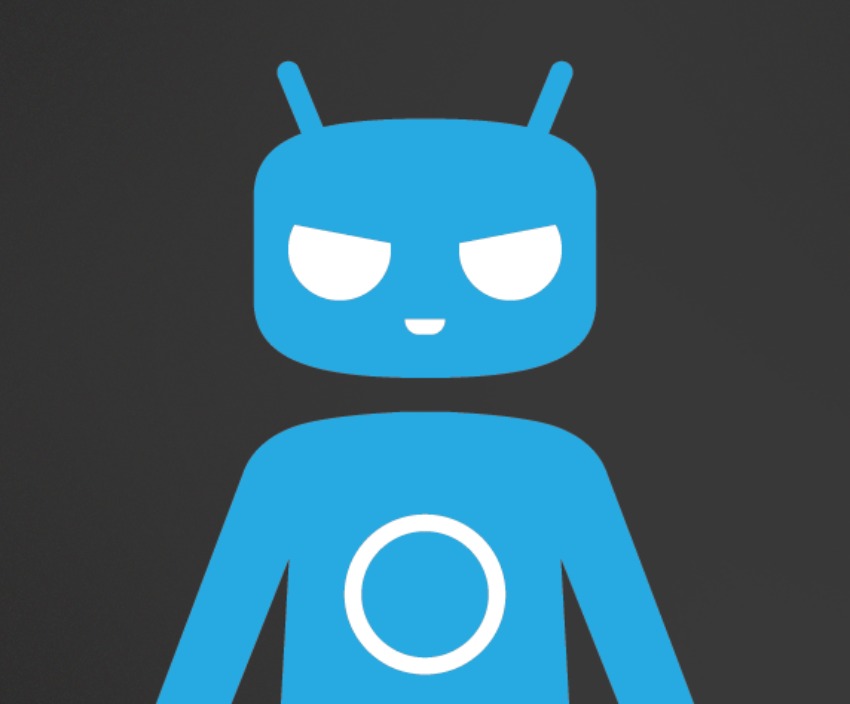
It’s time for another monthly milestone release from CyanogenMod, the sixth in CM 11 to be exact. But more than just a list of changes since the last update, the developer team is also announcing a shift in the pace at which they roll out M release, going from every 4 weeks to every 2 weeks.
Some of the changes in this release might be familiar to those following our CyanogenMod coverage. These include things like smaller tiles for Quick Settings, hidden apps and labels for the Trebuchet home screen, and enhancements to the Theme engine. You can take a peek at the highlights of CM 11 M6 below:
- Quiet Hours – Fix longpress QS tile option
- Voice+ – Integrate into settings (under Wireless and Networks > ‘More’)
- Blacklist – Add provider permissions
- Lockscreen – Fix custom wallpaper crashes and album art issues
- Display – Consolidate screen-off animation options (remove checkbox)
- Bluetooth – Upstream updates and fix issues with audio routing to select car makes/models and disconnect issues
- MultiSim – Additional support patches (15+) and UI/UX modifications
- Lockscreen – Disable elements when in custom lockscreen
- Quick Settings – Options to show smaller tiles; add BT device name to tile
- Quick Settings – Fix QS tiles layout in landscape mode
- Usage Stats – Fix screen on stats after boot
- Resolve memory leaks in Frameworks
- Settings – Show ‘eject card’ action for USB storage
- Theme Engine – Introduce new Engine capabilities (chooser to arrive in nightlies this week)
- Parallel Shutdown – Decrease shutdown time
- Address security vulnerability for icons
- Downloads – Add pause/resume support
- Trebuchet – Hidden apps and labels support
- Remove parallel boot dexopt from stable/cm-11.0 branch
But perhaps more notable in this release is CyanogenMod’s clarification and announcement regarding stable builds. Last March, the dev team explained what its goals and processes are for these “M” releases, which are basically milestones and target dates for more or less stable releases of CyanogenMod. Despite that, however, users have been asking about an actual “stable” release. For all intents and purposes, previous stable CyanogenMod releases were practically prolonged “M” releases, a label that was used to assure more risk-averse users who don’t want to go down the nightly route and a marker in time when the developers will start to accept bug reports. That has somewhat changed with the new M releases, since the devs have already started accepting bug reports for them. The builds are also usually stable in the sense that code doesn’t change as continually as nightlies and bugs get fixed and tested more stringently. As such, the M releases can practically stand in for the old concept of stable releases, but with the advantage of being able to roll out bug fixes faster in order to quickly address more severe issues.
As such, CyanogenMod is putting the bulk of its efforts on M releases instead. In fact, it will on it iterate even faster. Instead of the four-week release cycle currently used, the team will be shifting to a two-week cycle instead. The same rigorous testing and stability requirements will still apply, but now developers get to see and act on bugs faster, and device maintainers will be able to jump in again on the release sooner, in case they missed out on a previous one due to build problems. CyanogenMod claims that this new system will be able to deliver builds that meet the needs of those looking for stable releases but at the same time at the rate wanted by those looking for more frequent updates. It will, however, require that users rethink their notion of “stable releases” and it remains to be seen if CyanogenMod will indeed be able to deliver stability with such a short development and testing period.
SOURCE: CyanogenMod










“Show ‘eject card’ action for USB storage”
-NICE!